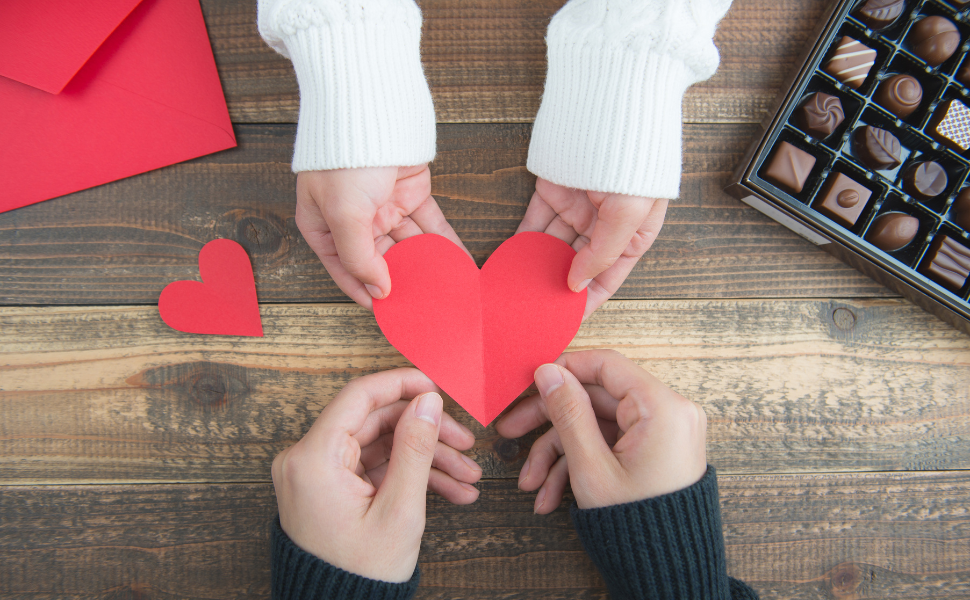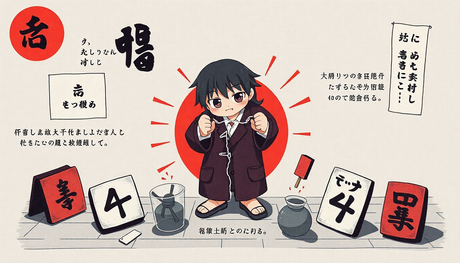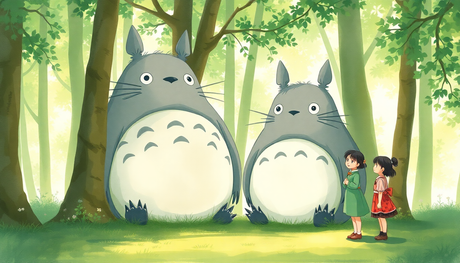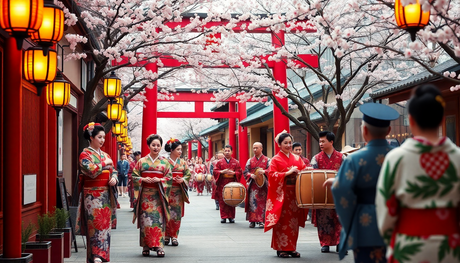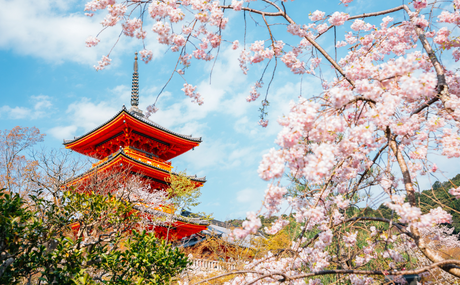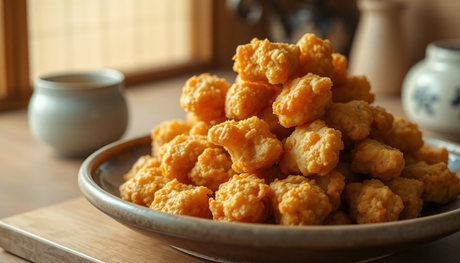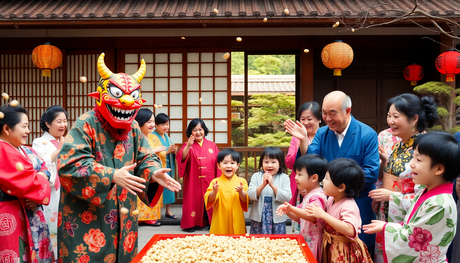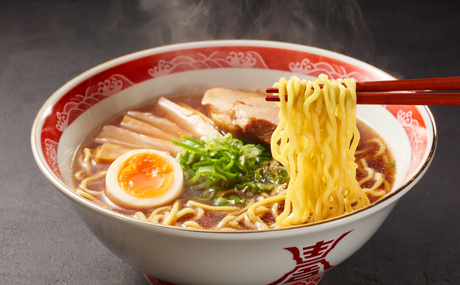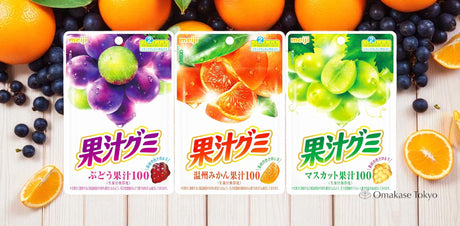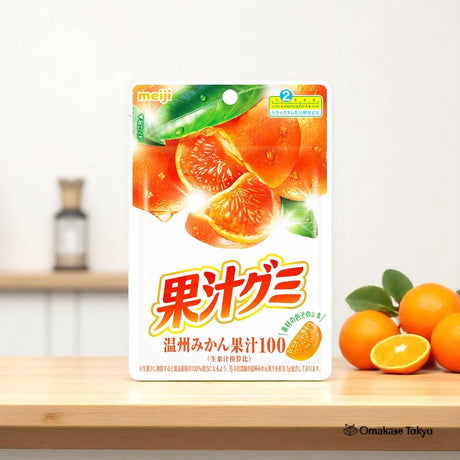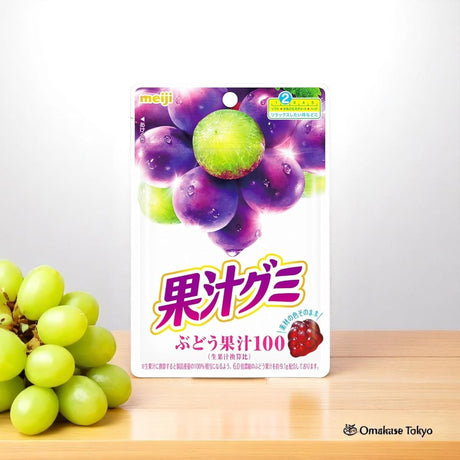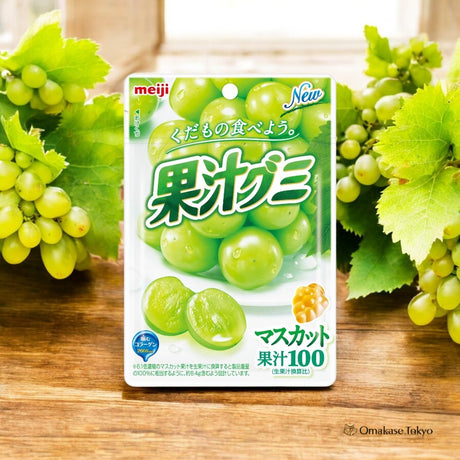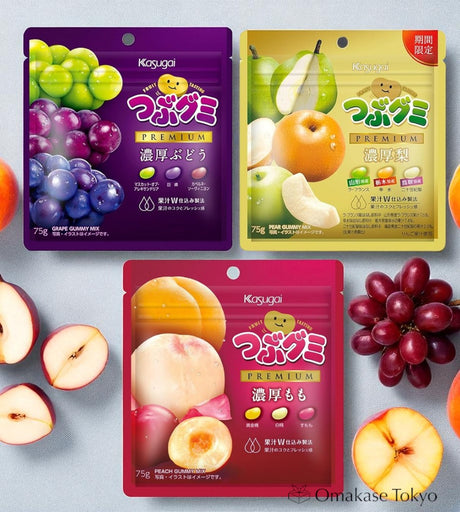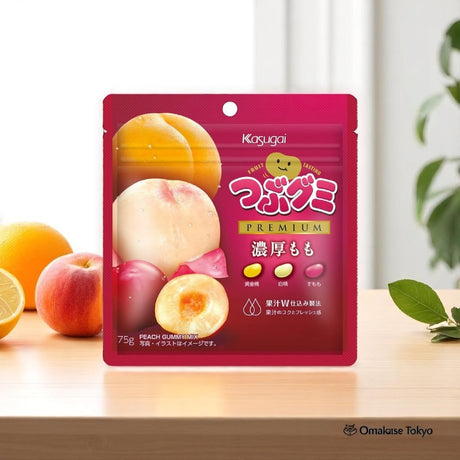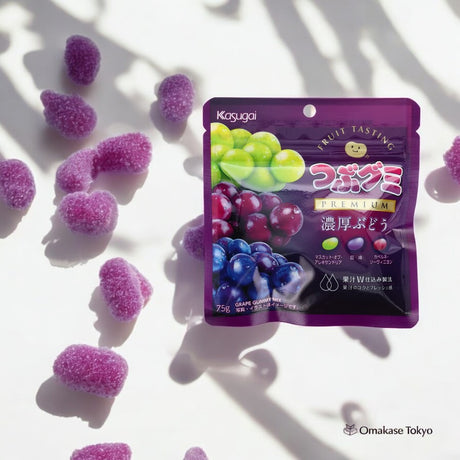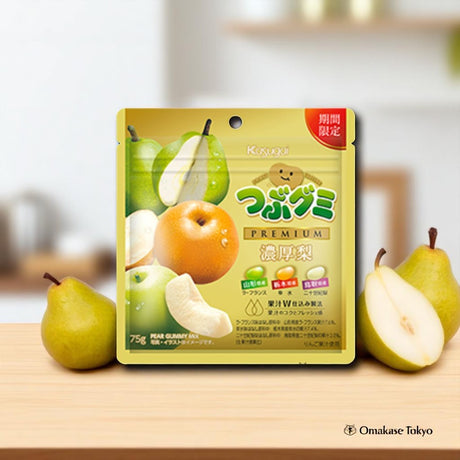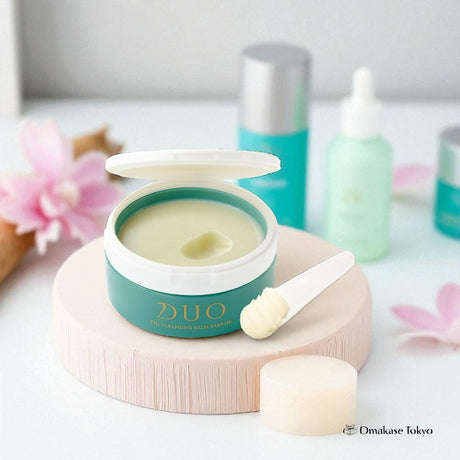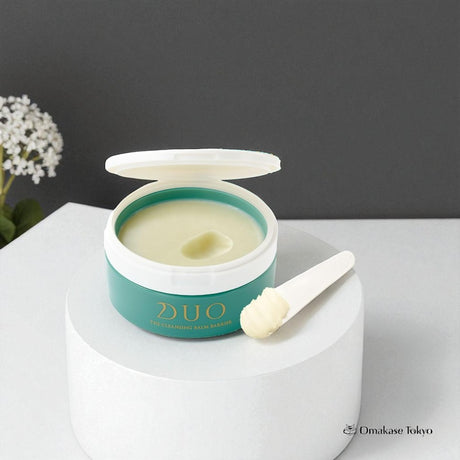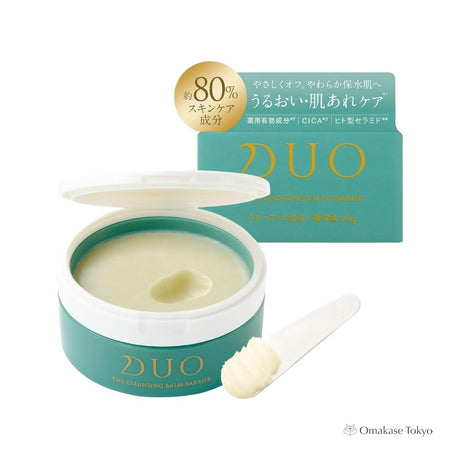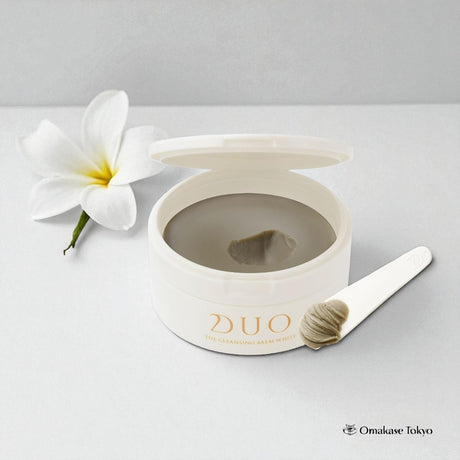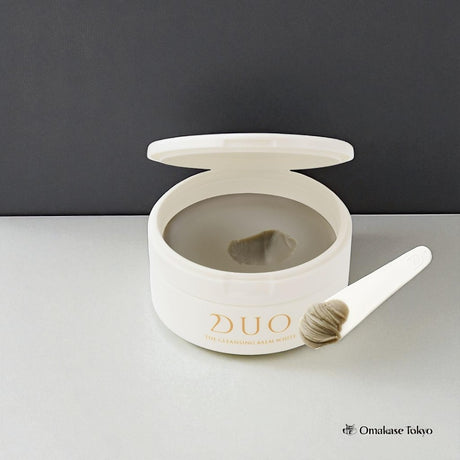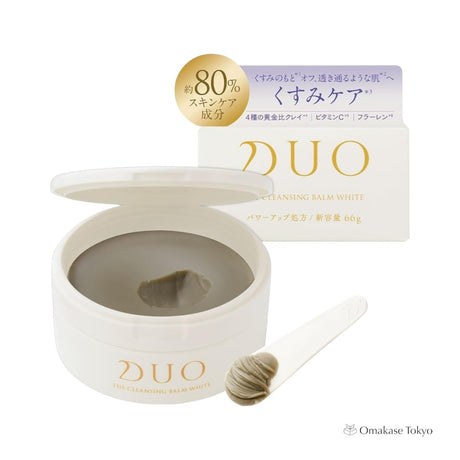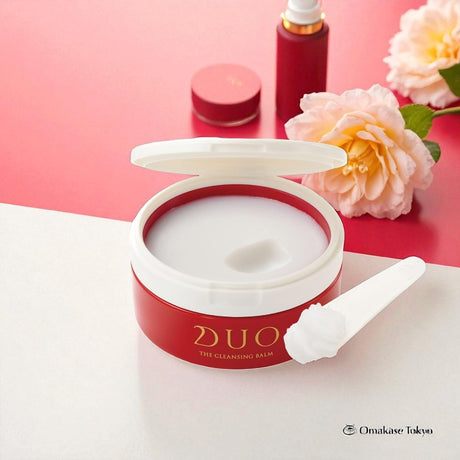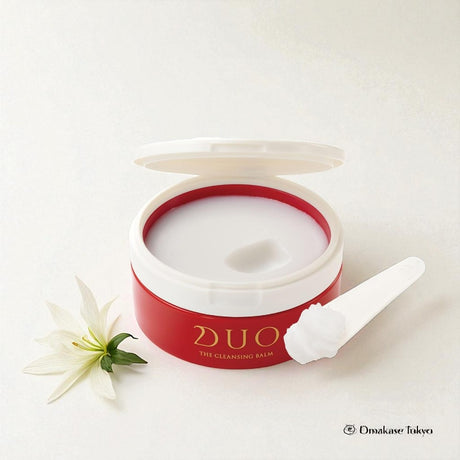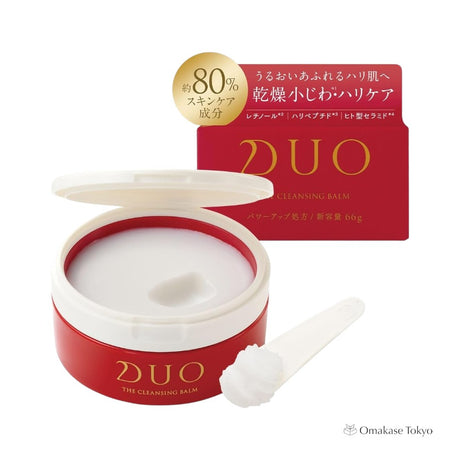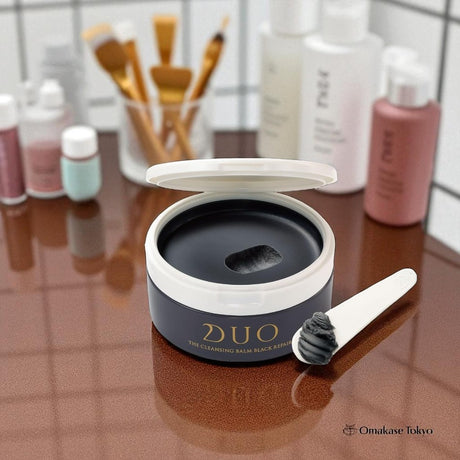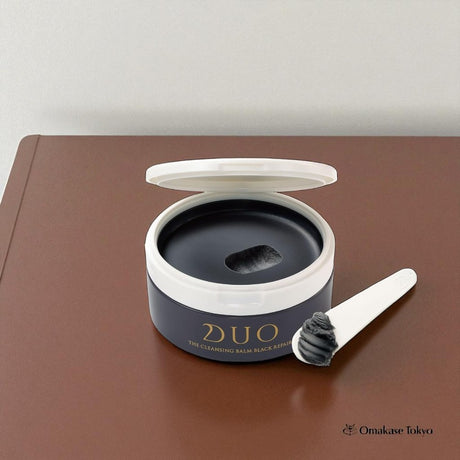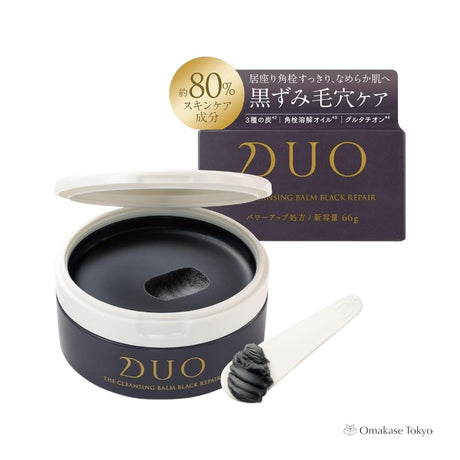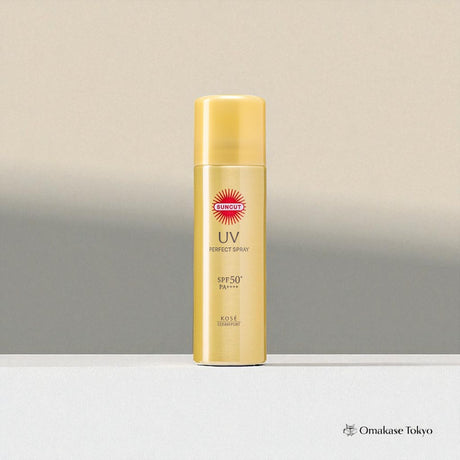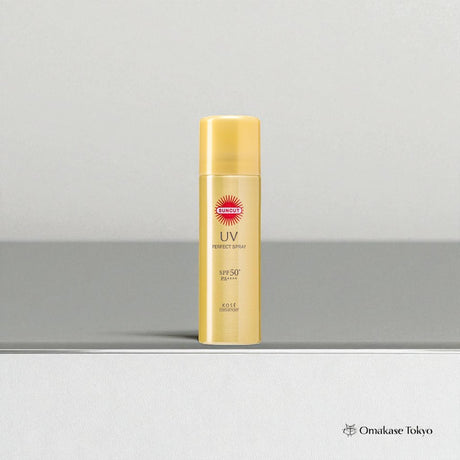When you think of Valentine’s Day, what comes to mind? Maybe romantic candlelit dinners, flowers, chocolates, or even a surprise proposal? Well, if you’re in the U.S., that sounds about right! But if you’ve ever been in Japan on February 14th, you’d notice something completely different.
Japan and the U.S. celebrate Valentine’s Day in their own unique ways, and if you’re not familiar with the cultural differences, you might be in for a surprise! Let’s dive into what makes Japanese Valentine’s Day stand out from the American version.
1. Who Gives the Gifts? (Hint: It’s Not the Guys in Japan!)
One of the biggest differences between Japanese and American Valentine’s Day is who gives the gifts. In the U.S., it’s common for men and women to exchange gifts, go out on romantic dates, or surprise each other with sweet gestures.
But in Japan, Valentine’s Day is all about women giving chocolates to men! Yep, you read that right. Instead of waiting for roses and chocolates, women take the lead and hand out chocolates to the important men in their lives. And it’s not just for romantic partners—this tradition comes with a few special categories of chocolate!
2. The Different Types of Chocolates in Japan
Not all chocolates are the same in Japan, and this is where things get really interesting! There are three main types of chocolates given on Valentine’s Day:
- Giri-choco (儀理チョコ) – "Obligation chocolate." These are given to male coworkers, bosses, classmates, and even friends. It’s more of a polite gesture rather than a romantic one.
- Honmei-choco (本命チョコ) – "True love chocolate." This is for boyfriends, husbands, or that special someone. Women often hand-make these chocolates to show their feelings.
- Tomo-choco (友チョコ) – "Friendship chocolate." This is for female friends! In recent years, it’s become common for girls to exchange cute chocolates with their besties.
3. White Day: The Men’s Turn!
In the U.S., Valentine’s Day is a one-day event. But in Japan, there’s a follow-up holiday called White Day on March 14th. This is when men who received chocolates on Valentine’s Day are expected to return the favor with gifts for the women who gave them sweets.
And here’s the catch—on White Day, men are supposed to give back gifts that are at least twice the value of what they received! Popular White Day gifts include chocolates, cookies, jewelry, and even fancy lingerie.
4. Valentine’s Day in America: More Than Just Chocolates
While chocolates and flowers are common in both countries, Valentine’s Day in the U.S. is more about romantic gestures and celebrating love in various ways. Couples might:
- Go on a fancy dinner date
- Exchange romantic gifts like jewelry, perfume, or stuffed animals
- Write heartfelt love letters
- Plan surprise proposals (Valentine’s Day is one of the most popular days for engagements!)
Valentine’s Day in the U.S. is also not just for couples—kids exchange cute Valentine’s cards in school, and friends often give small gifts or candy to show appreciation.
5. The Pressure Factor: Which Country Has It Worse?
Both Japan and the U.S. have some level of pressure when it comes to Valentine’s Day. In the U.S., there’s often expectation for big romantic gestures, expensive gifts, and elaborate dates. Social media can add to the pressure, making people feel like they have to outdo each other.
In Japan, the pressure is a bit different. Women feel obligated to buy chocolates for coworkers and bosses, which can become expensive and stressful. Men, on the other hand, might feel pressured to give back something extravagant on White Day.
Which Valentine’s Day Tradition Do You Prefer?
Both Japan and the U.S. have fun and unique ways of celebrating Valentine’s Day. Whether you prefer the romantic, couple-focused traditions of America or the chocolate-exchanging, two-day celebration of Japan, there’s no doubt that love and appreciation are at the heart of both!
Have you ever celebrated Valentine’s Day in Japan or experienced both traditions? Let me know in the comments!

